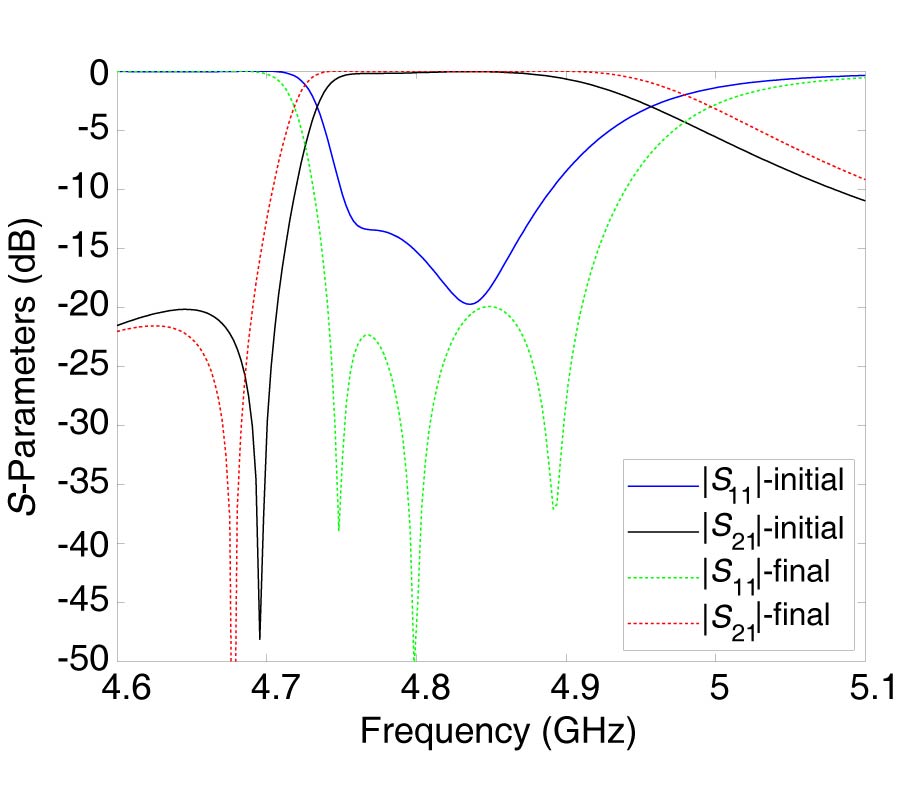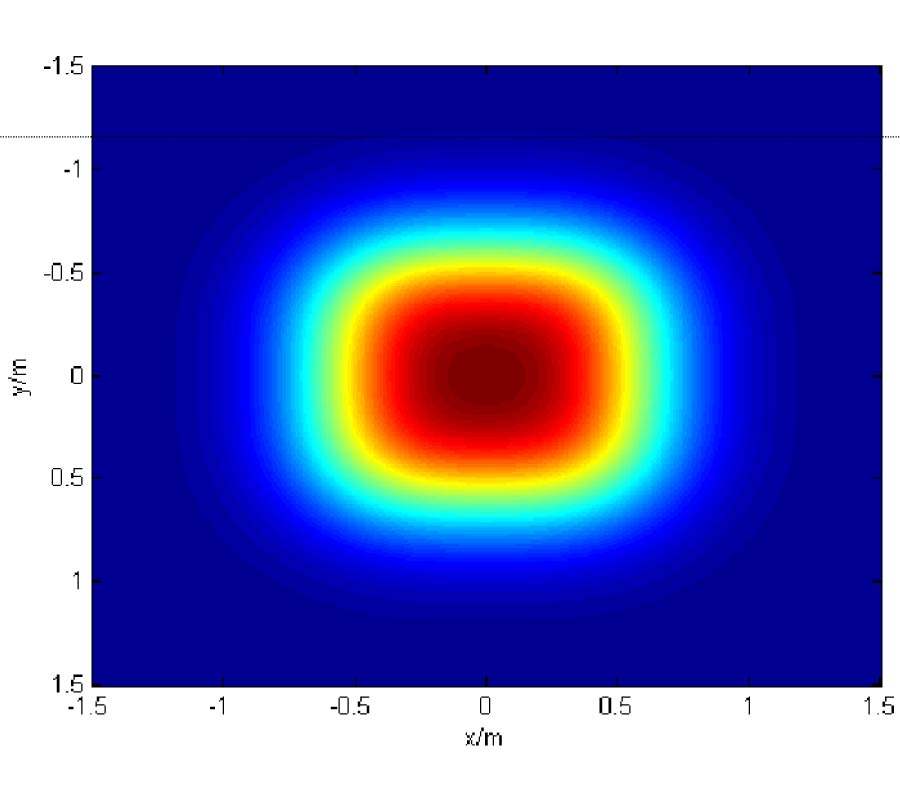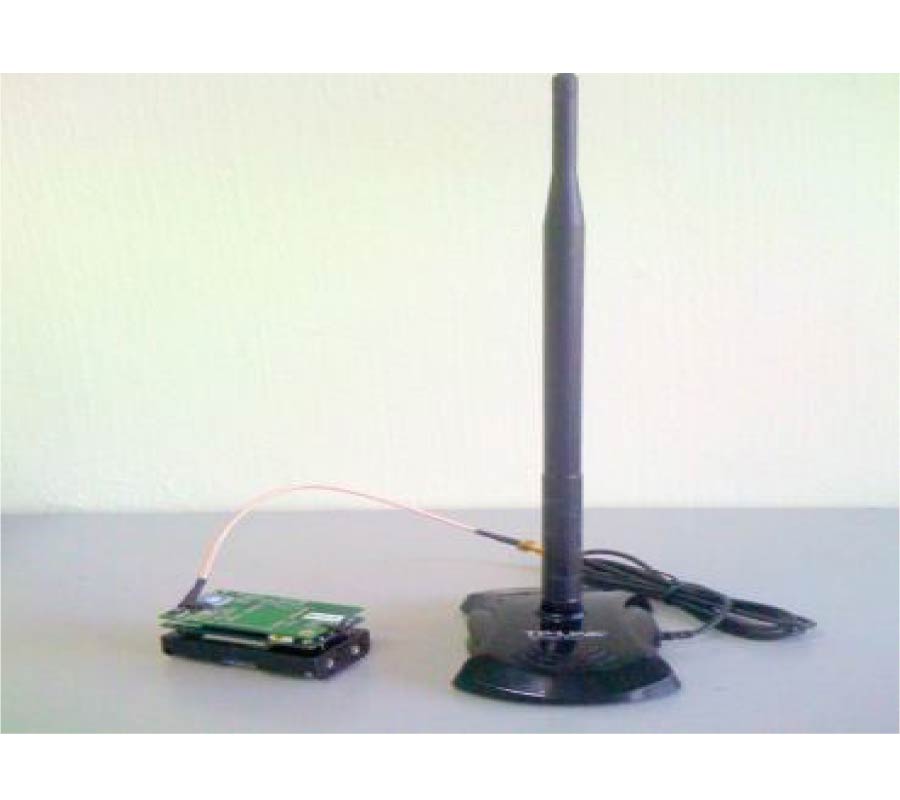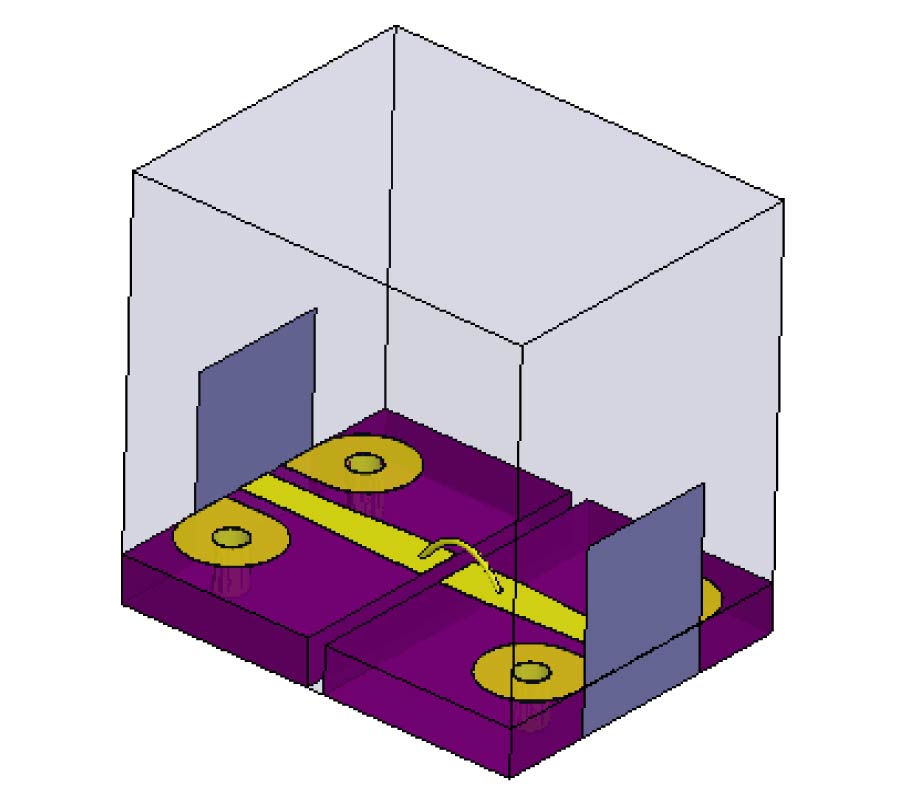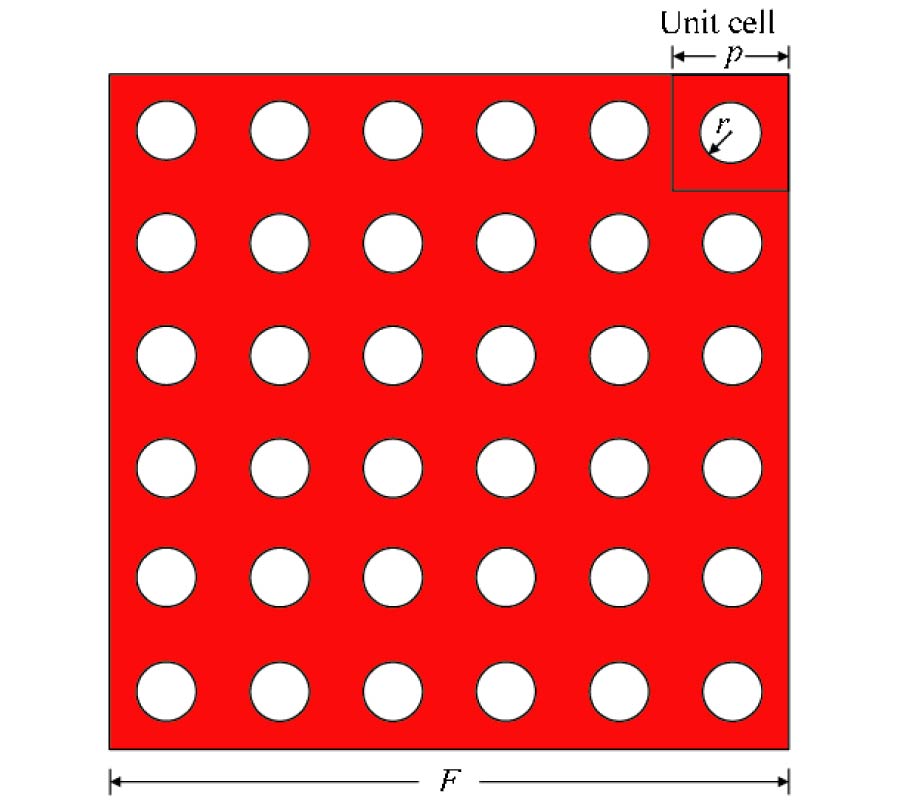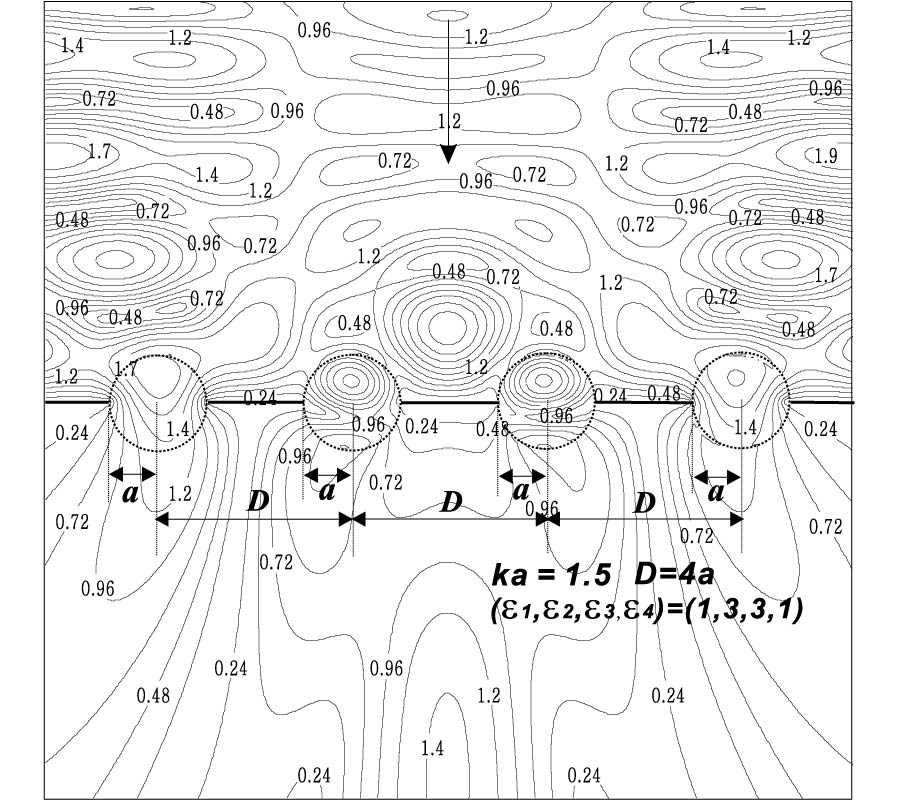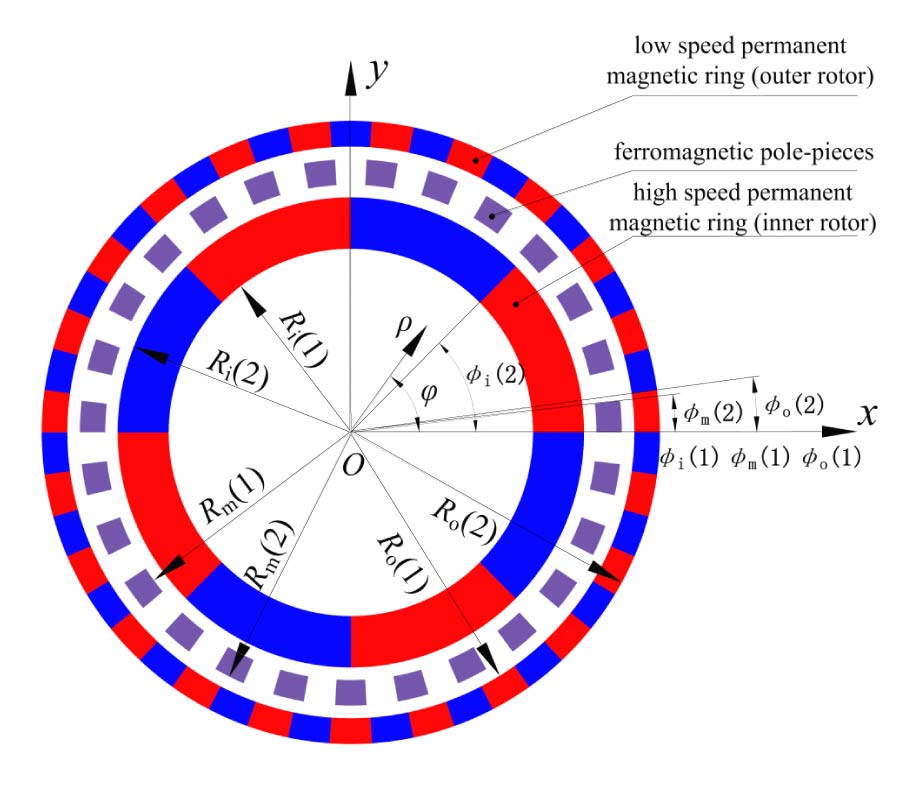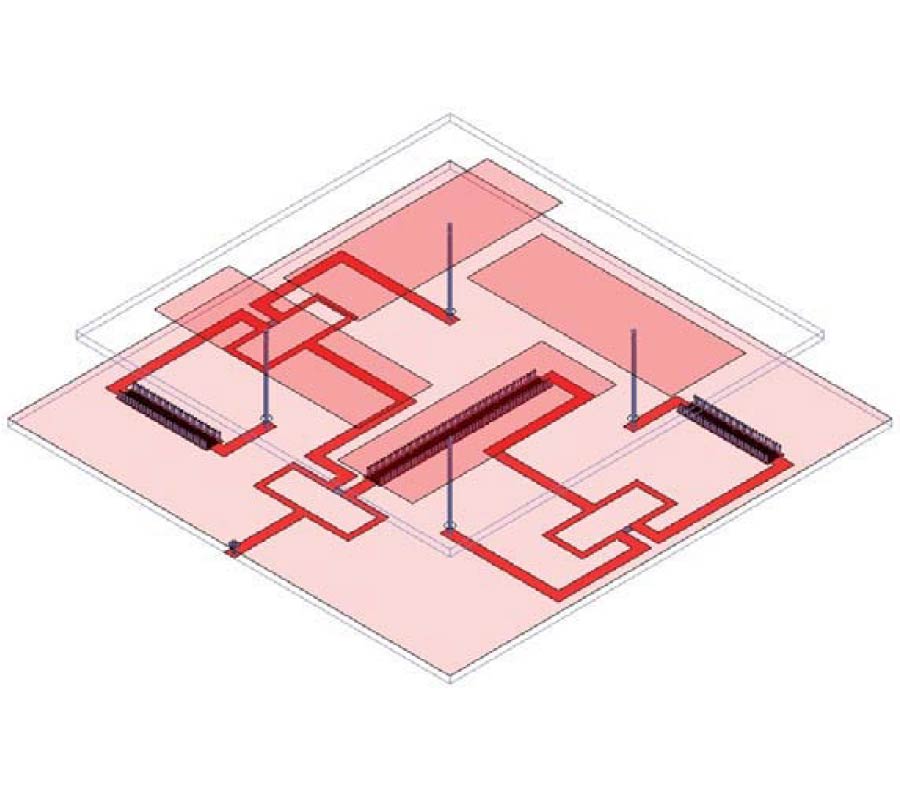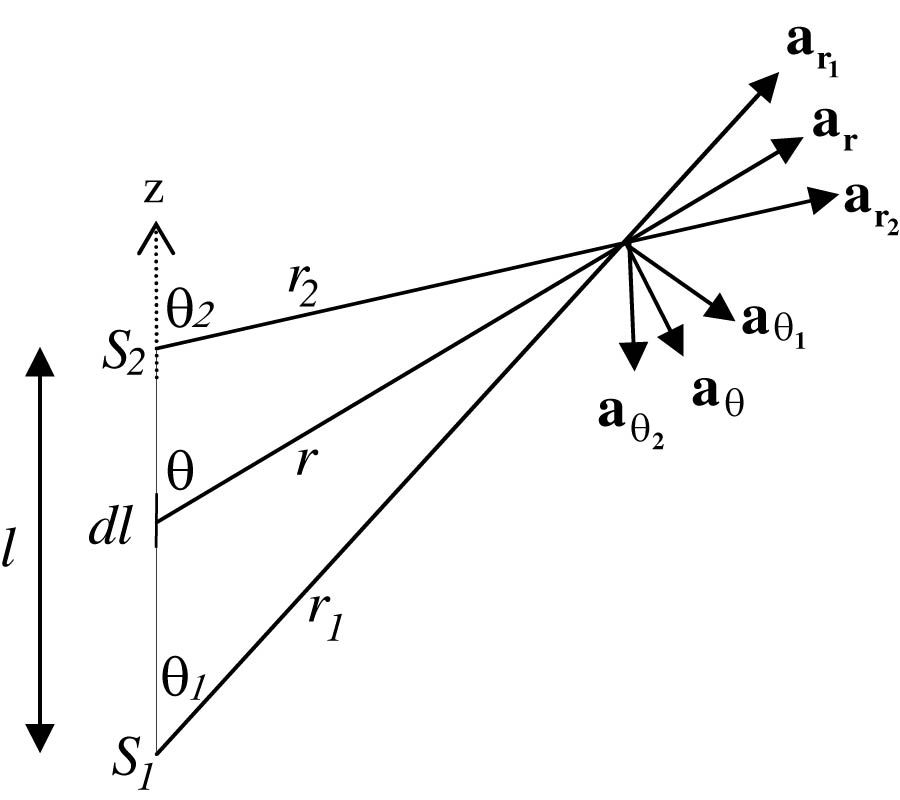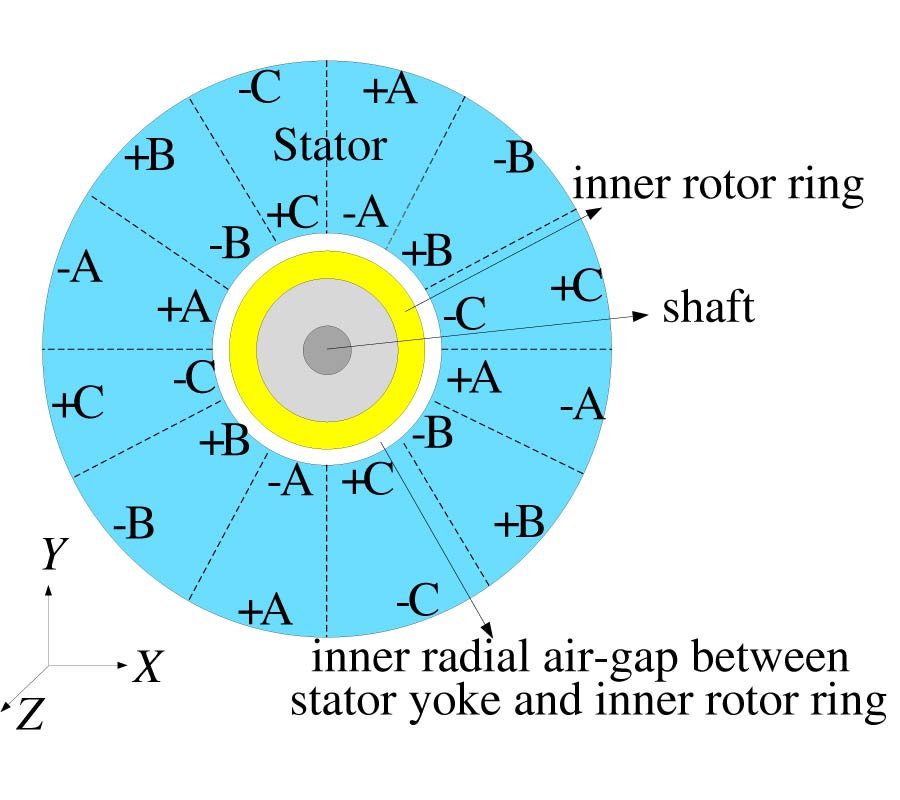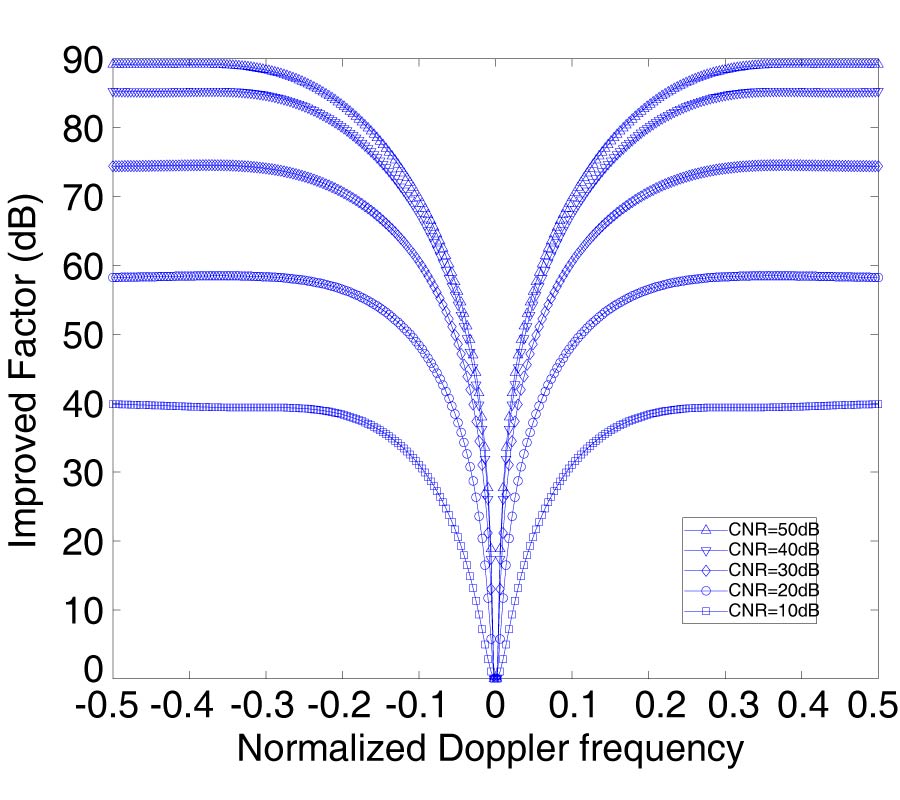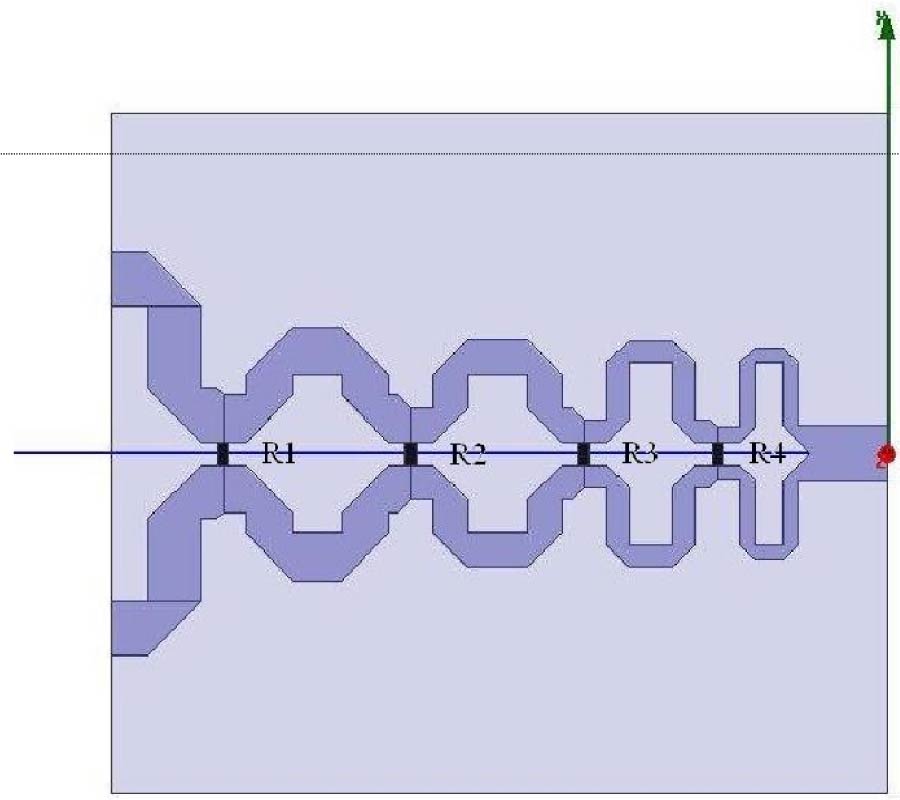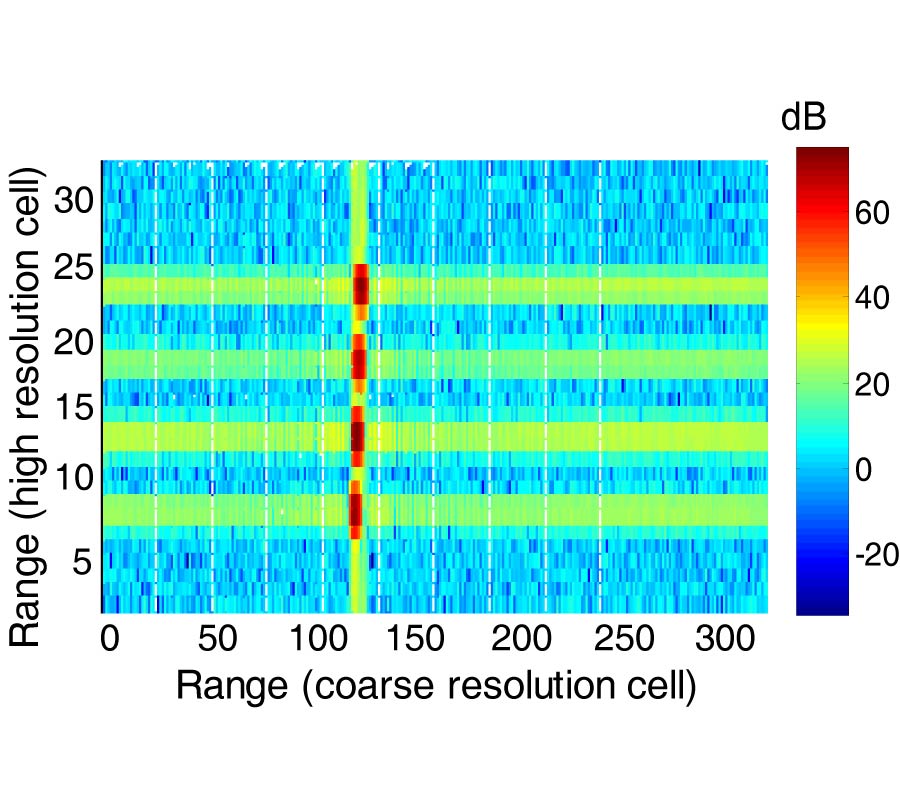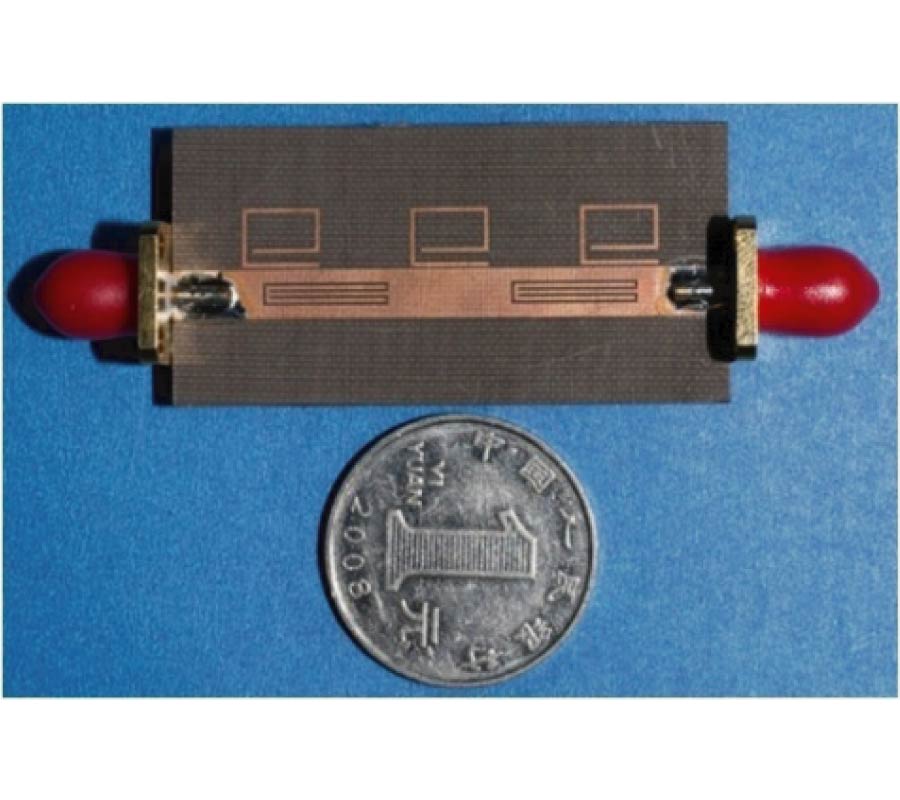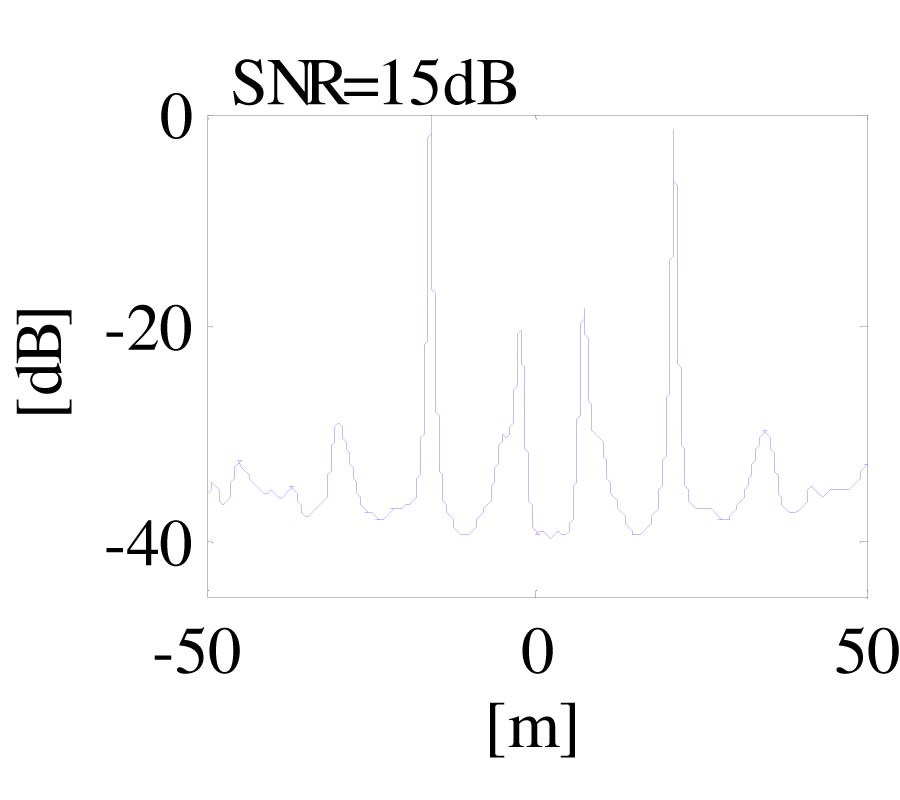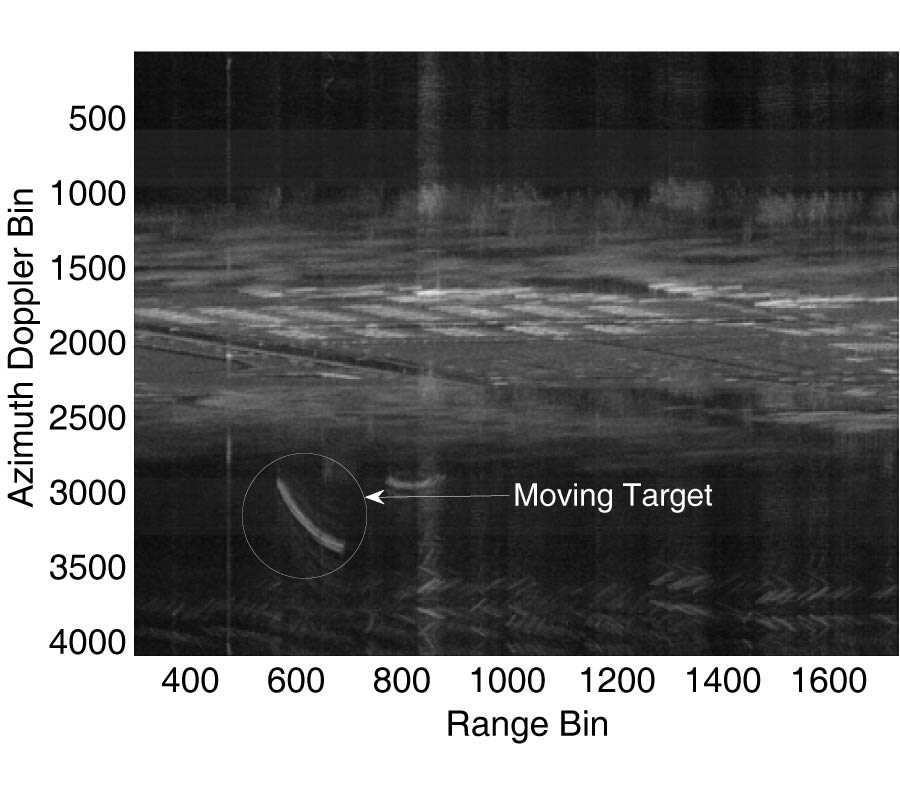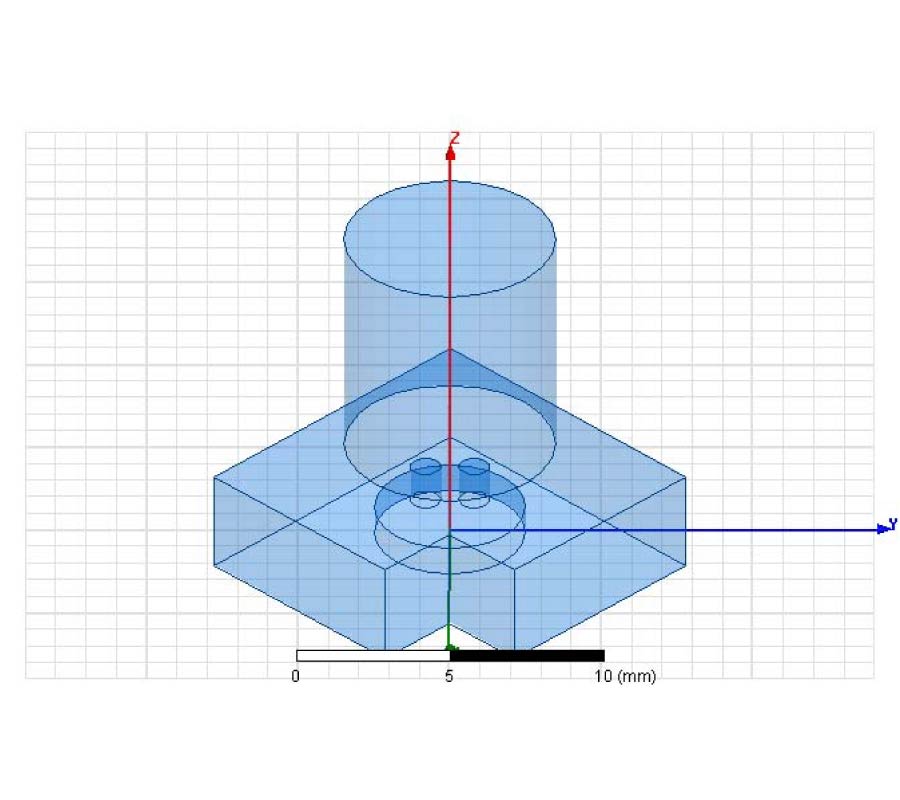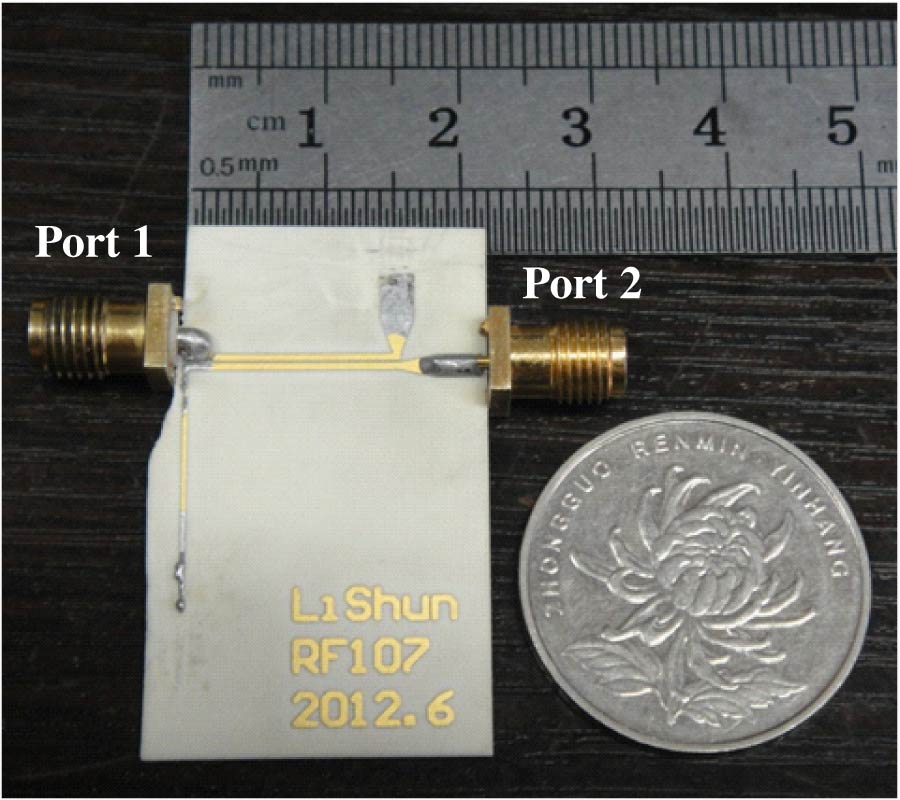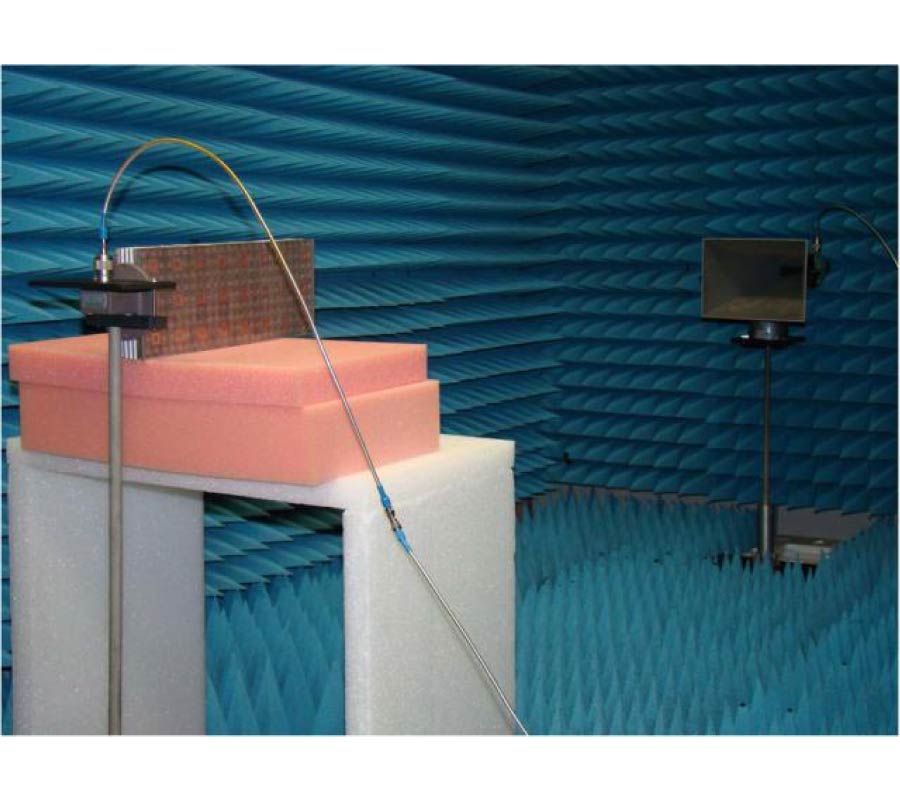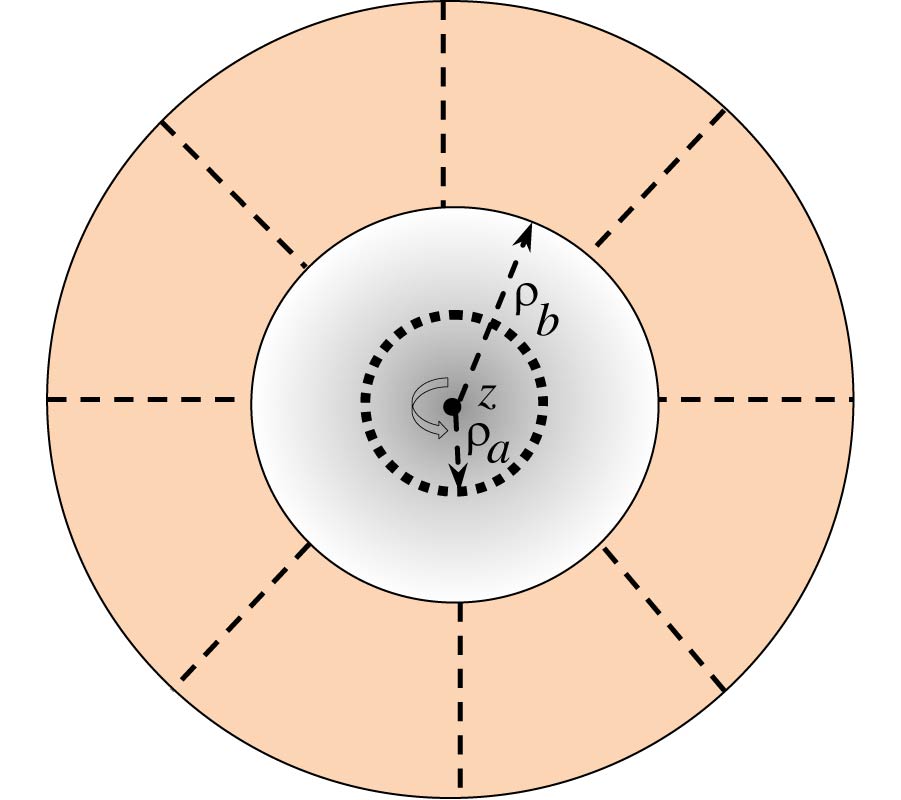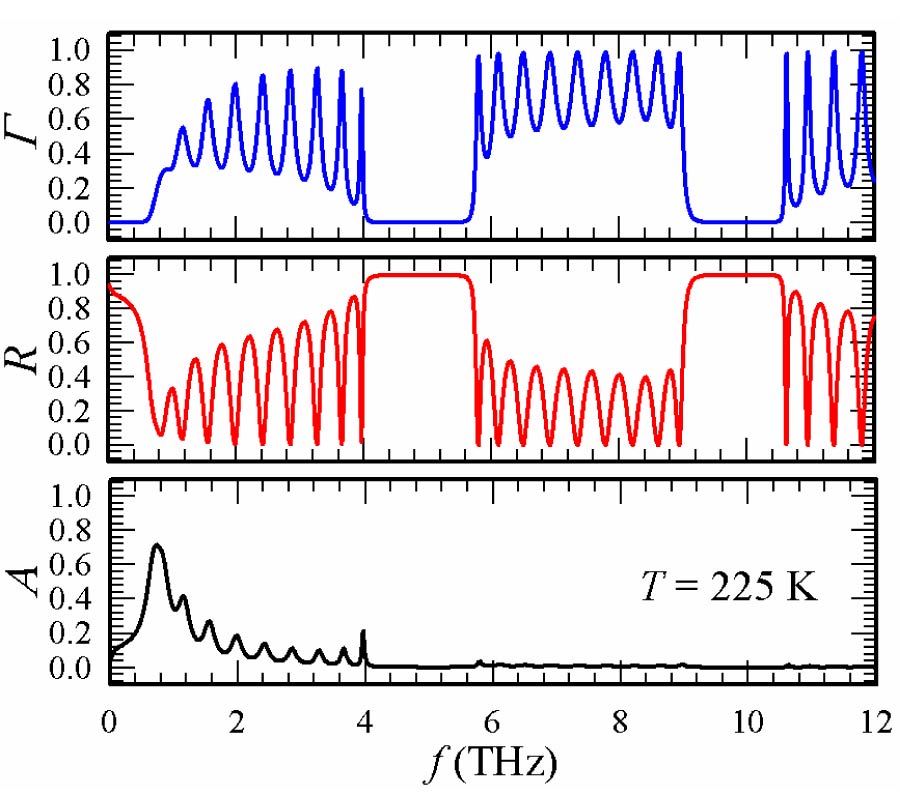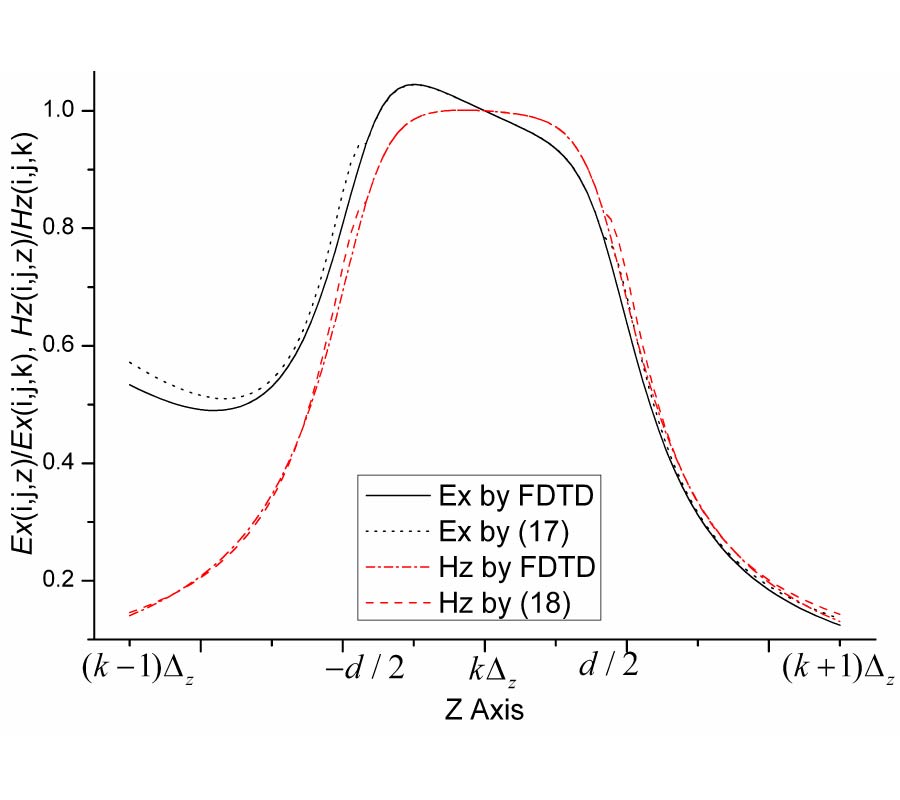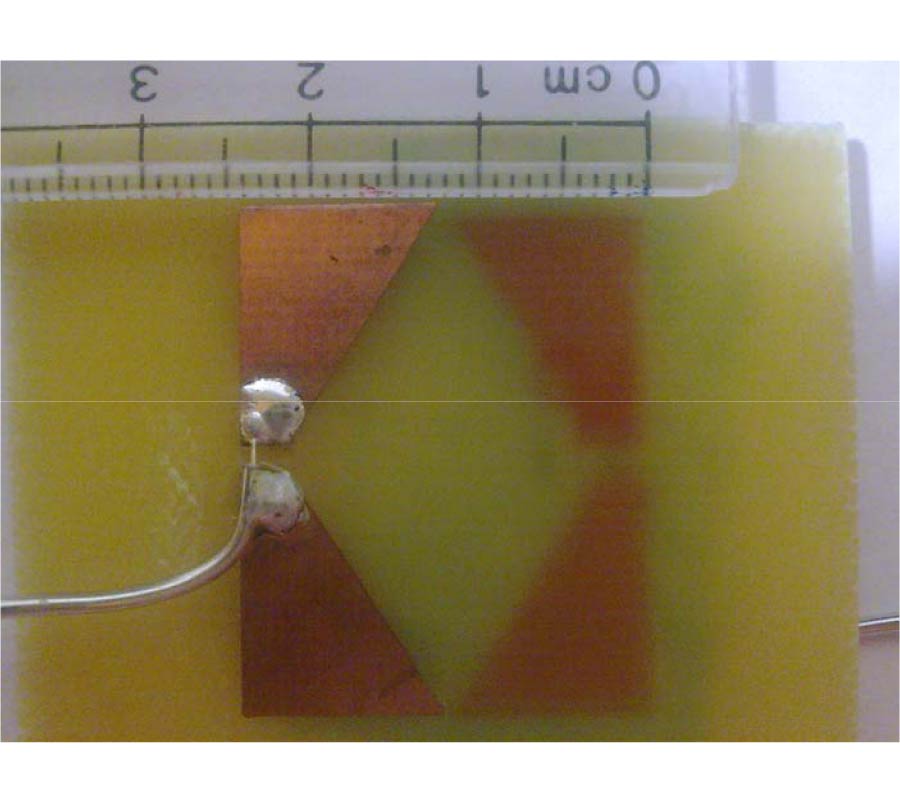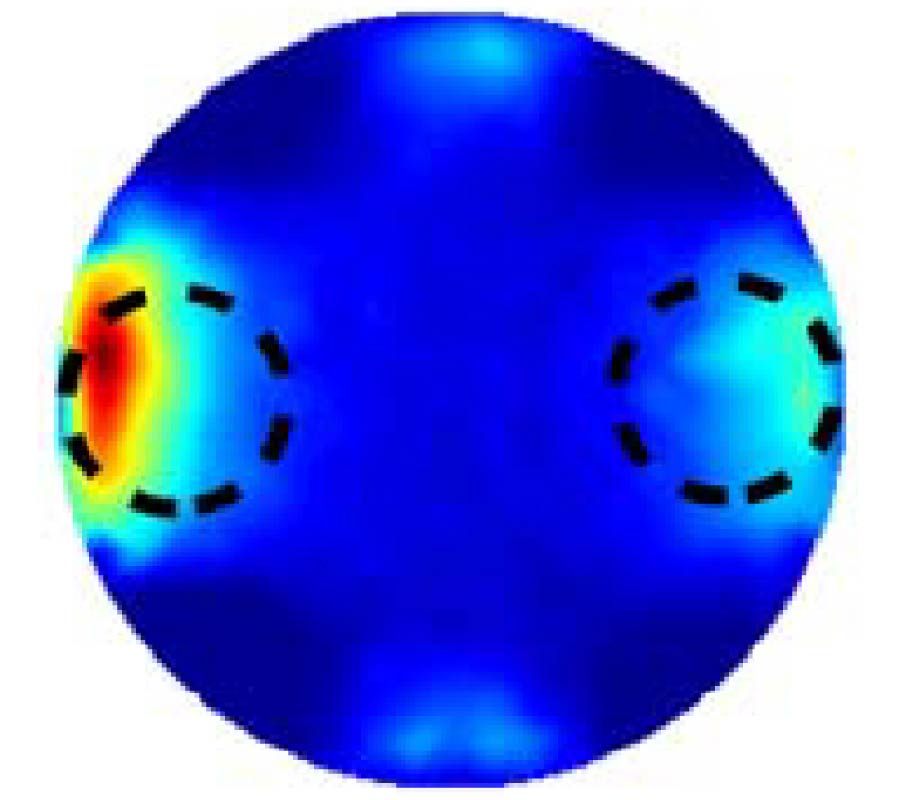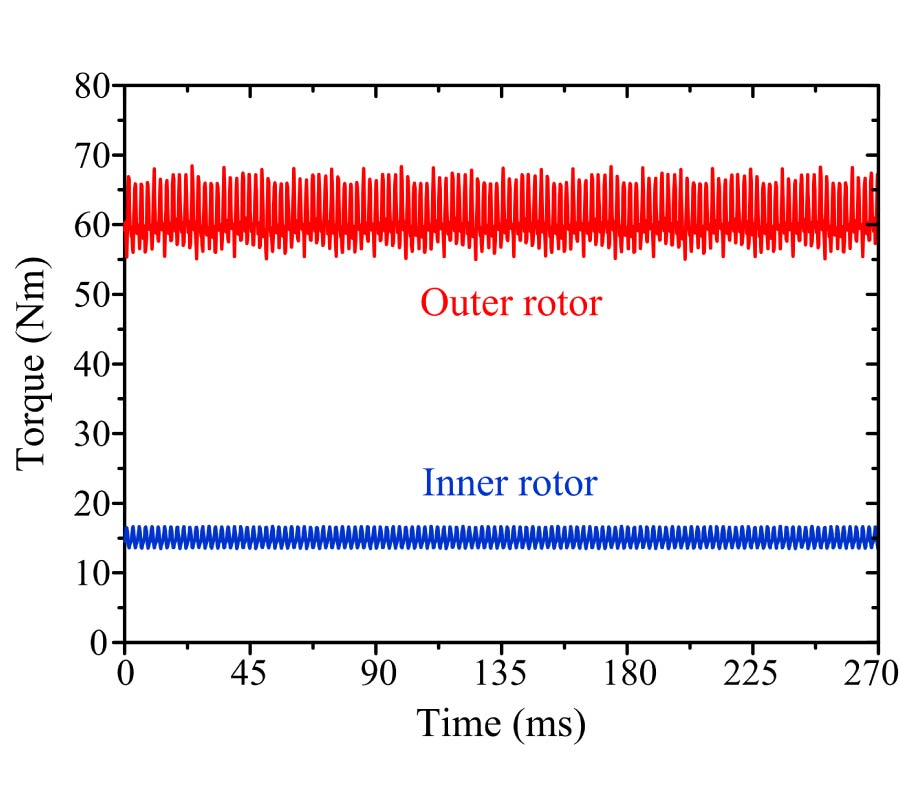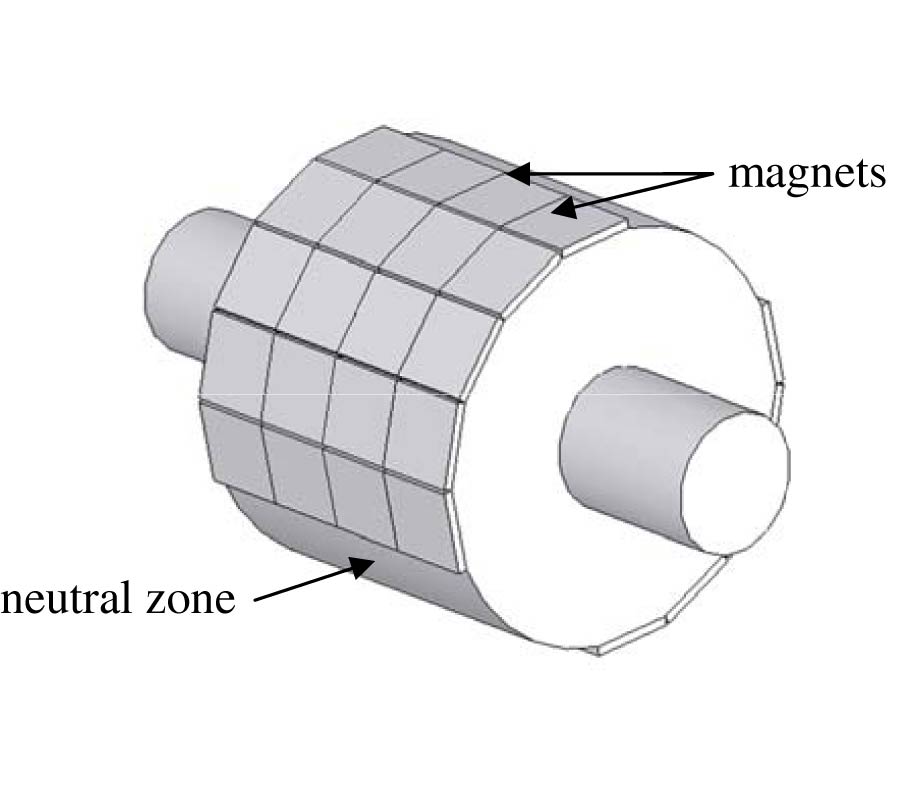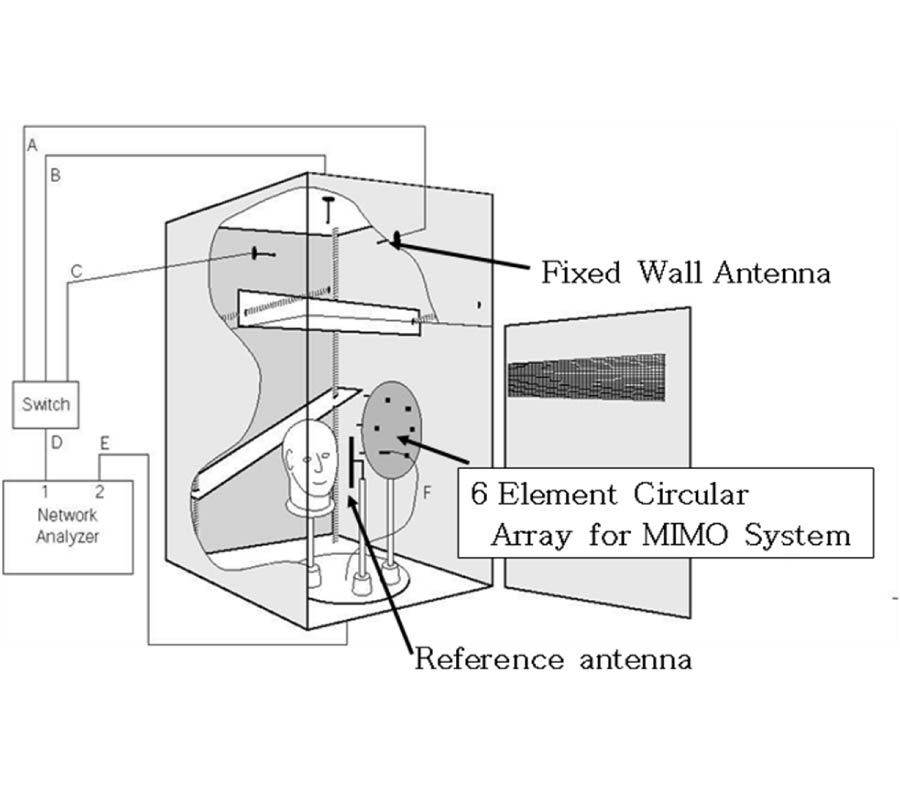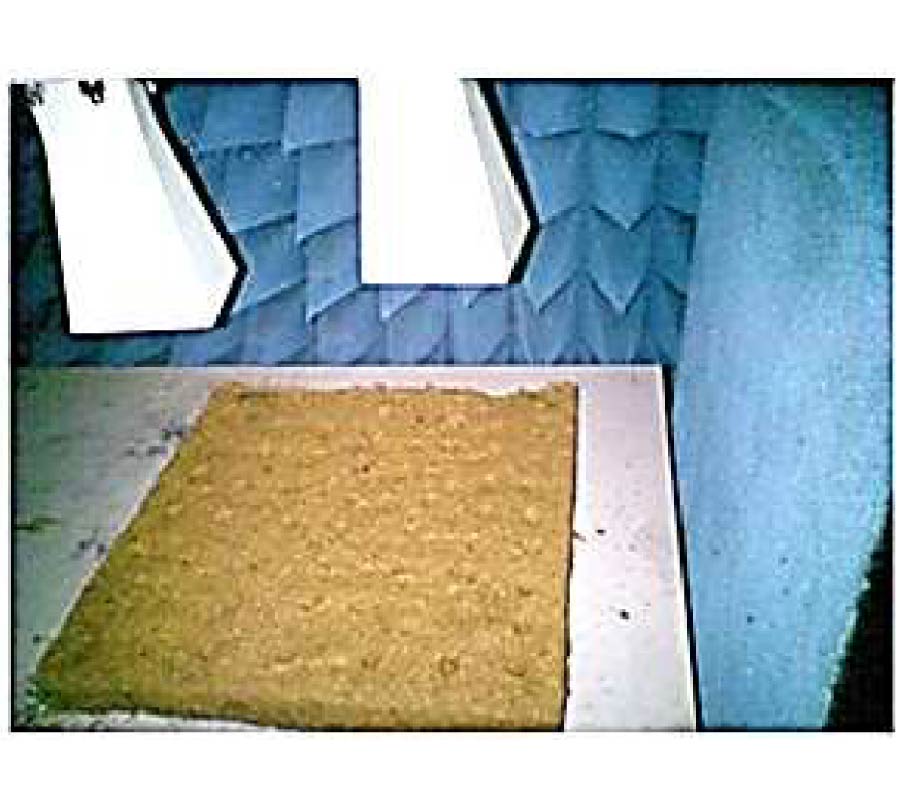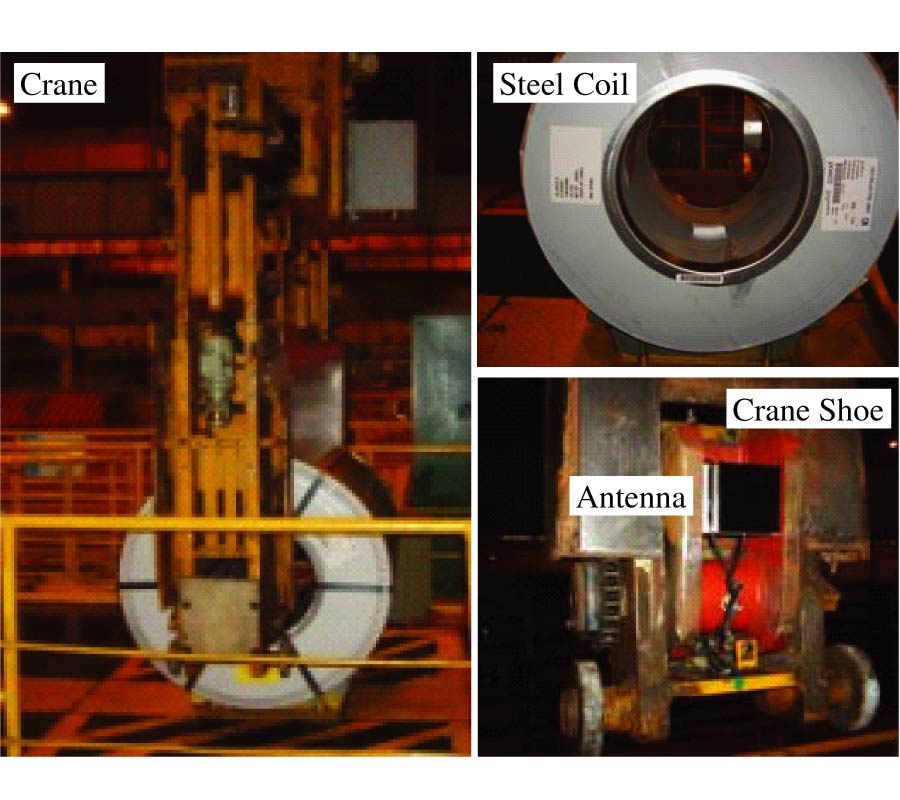A Study of the EMC Performance of a Graded-Impedance, Microwave, Rice-Husk Absorber
Muhammad Nadeem Iqbal,
Mohd Fareq Bin Abd Malek,
Suzanna Harun Ronald,
Muhammad Shafiq Bin Mezan,
Khairudi Mohd Juni and
Rogayah Chat
Biomass used for energy, whether it is extracted from forest residues or agricultural waste, contributes in many areas, such as power production, the construction industry, and also as a major source of different organic and inorganic compounds in the petrochemical industry. In recent years, research has identified a very remarkable use of agricultural waste, especially rice husks, as a microwave absorber in a pyramidal shape. However, absorbers built in this shape are fragile and require a very high degree of care, especially near the access panels, doors, and high traffic areas of the anechoic facility. This paper presents the results of a detailed experimental investigation of a more-robust, new design that is based on the concept of impedance or dielectric grading of rice-husk material. The absorber was fabricated using multiple layers of rice-husk material with increasing dielectric loss along the incident wave propagation axis. This type of fabrication technique provides more robust design of the microwave, rice-husk absorber with less thickness, as compared to the geometricallytapered, pyramid, or wedge absorbers. Free-space transmission and radar cross section (RCS) methods have been used, to study the electromagnetic compatibility (EMC) performance over the frequency range of 4-8 GHz. After the receiving equipment was calibrated by the thrureflect-line (TRL) calibration technique, the experiments were performed inside the anechoic chamber. The performance of the absorber was evaluated by incorporating the effects of circular-hole perforation, cross-polarized seams, and different metallic back plates. The proposed absorber demonstrated good performance (< -10 dB) for normal and 60° off the normal incident angles over the frequency range of 4-8 GHz. Reflectivity performance also was found to be comparable to one of the commercially-available absorbers.
